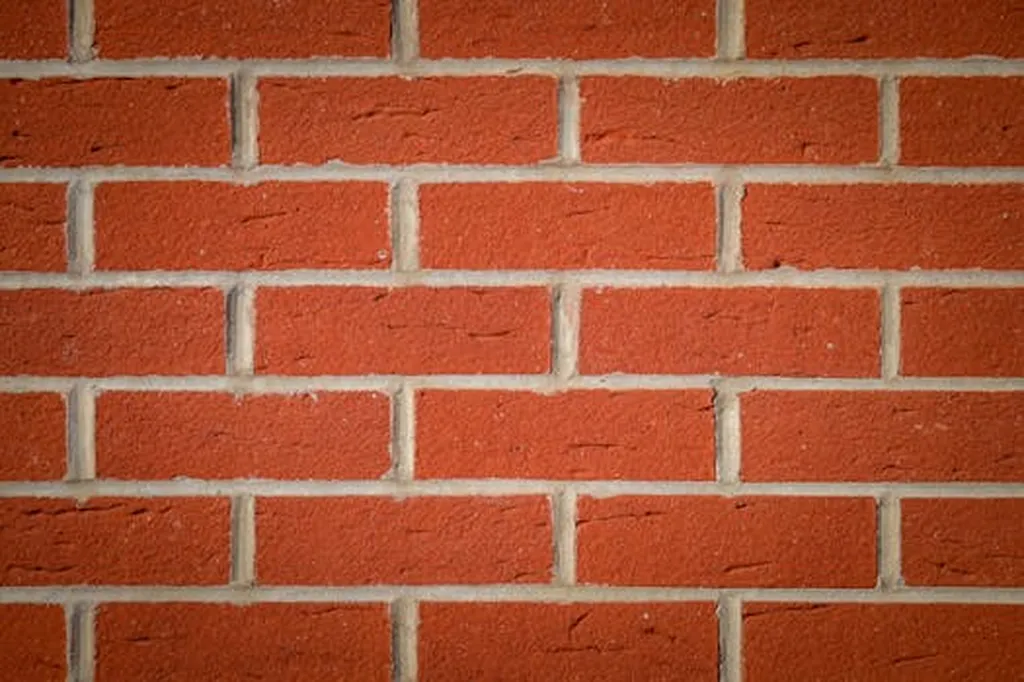In a groundbreaking study published in the journal *Scientific Reports* (translated from the original Chinese title), researchers have uncovered a promising avenue for enhancing the strength and sustainability of high-strength concrete by incorporating red mud, a byproduct of aluminum production. The research, led by Chava Venkatesh from the Department of Civil Engineering at CVR College of Engineering, offers a novel approach to improving mechanical properties while reducing environmental impact.
Red mud, often considered an industrial waste, has long been a challenge for the aluminum industry due to its high alkalinity and volume. However, Venkatesh’s study demonstrates that incorporating red mud into concrete mixtures can significantly boost performance. “We found that a 10% replacement of cement with red mud resulted in substantial improvements in compressive, split tensile, and flexural strengths,” Venkatesh explained. “This not only enhances the mechanical properties of the concrete but also provides a sustainable solution for utilizing an industrial byproduct.”
The study involved a comprehensive analysis of five concrete mixtures with varying levels of red mud replacement, ranging from 0% to 20%. The results showed that the 10% red mud mixture achieved impressive gains in strength over 180 days. Compressive strength increased by 28.96%, split tensile strength by 13.66%, and flexural strength by 15.45%. These improvements are attributed to the microstructural evolution and phase development within the concrete, as revealed by advanced analytical techniques.
X-ray diffraction analysis indicated significant mineralogical transformations, including a reduction in portlandite content and the formation of strength-contributing phases. Scanning electron microscopy confirmed enhanced matrix densification and improved interfacial transition zone characteristics. Energy Dispersive X-ray analysis showed a favorable Ca/Si ratio of 0.9475 at 180 days, suggesting the formation of stable C-S-H gel structures.
The research also introduced novel prediction models for mechanical properties, which demonstrated greater accuracy compared to established code equations. “These models provide a robust framework for predicting the performance of red mud-incorporated concrete, making it easier for industry professionals to adopt this sustainable practice,” Venkatesh noted.
The implications of this research are far-reaching for the construction and energy sectors. By utilizing red mud, which is typically disposed of in landfills, the study offers a sustainable solution that reduces waste and enhances material performance. This approach aligns with the growing demand for eco-friendly construction materials and supports the circular economy.
As the construction industry continues to seek innovative ways to improve material efficiency and reduce environmental impact, Venkatesh’s findings provide a compelling case for the adoption of red mud in high-strength concrete applications. The study not only advances our understanding of microstructural evolution and phase development but also paves the way for more sustainable and resilient infrastructure.
In the words of Venkatesh, “This research establishes a balanced approach to enhancing mechanical performance while promoting sustainability, offering a viable solution for industrial-scale implementation.” As the construction industry moves towards more sustainable practices, the integration of red mud into concrete mixtures could become a standard practice, benefiting both the environment and the economy.
The study, titled “Microstructural evolution and mechanical property enhancement of red mud incorporated high strength concrete,” was published in *Scientific Reports*, providing a valuable resource for researchers, engineers, and industry professionals seeking to advance the field of sustainable construction materials.

